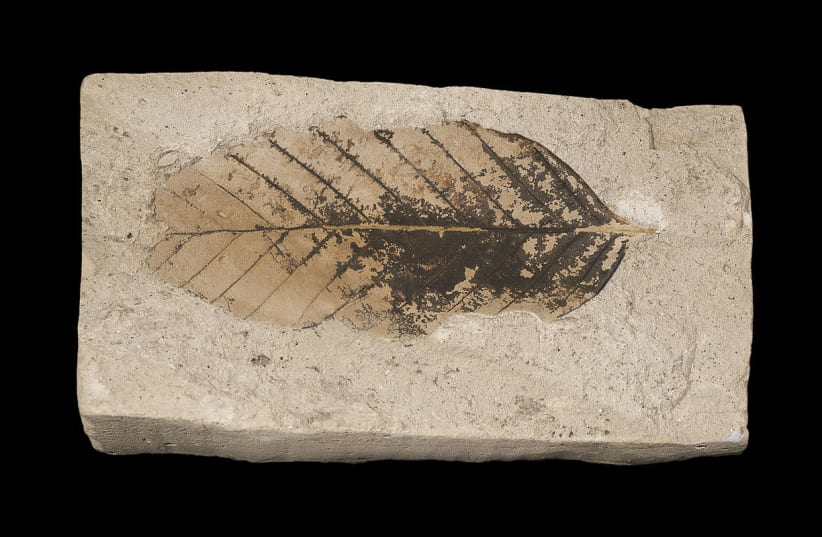The Namibia findings pre-date the Cambrian explosion by roughly 30 million years, give or take a few millions. The explosion was in the variety and complexity of life forms that began to appear on earth. It is named after Cambria (Wales in Latin), where some sites best illustrate it. Hence, it is possible that our understanding of when complex life-forms began to act socially on Earth needs to be tweaked; it might have been much earlier than we thought. Using computers to create fluid dynamics simulations, Darroch and Gibson were able to demonstrate how colonies of Ernietta floated together to enjoy nutrients delivered by the ancient sea currents - and even emptied themselves away from the feeding site. The study, called “Gregarious suspension feeding in a modular Ediacaran organism,” was published in Science Advances, Vanderbilt News reported.“They were enhancing the amount of nutrients going from individual to individual, and they were also exporting waste down-current and away from the one making it,” Gibson said.“So it was a good dinner party , in that they got to eat a lot and didn’t have to sit in their own waste.”“They are behaving like animals, and that’s a link between them and what we recognize as animals,” Darroch said.
Scientists unlock menu of the Earth's early lifeforms
Recently discovered in southern Namibia, new fossil data on the ancient lifeform Ernietta allows scientists to understand how they ate together, and why.
